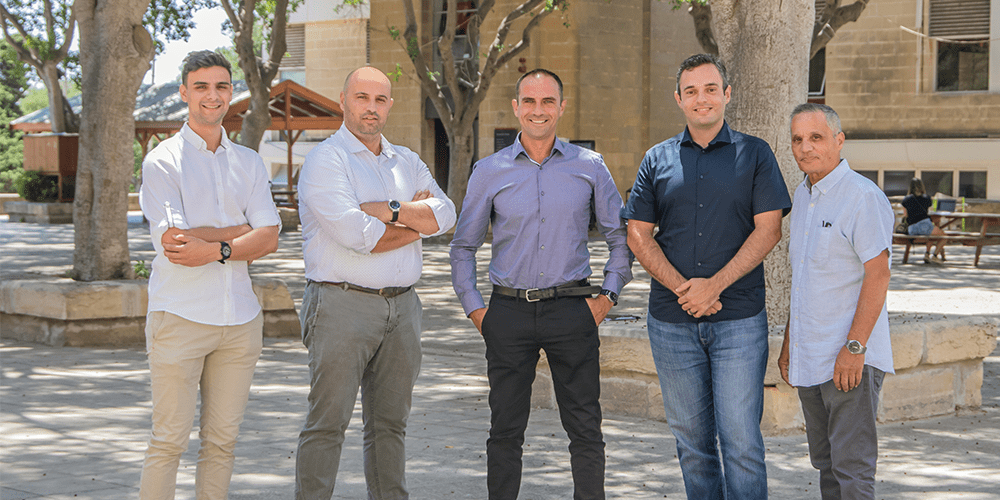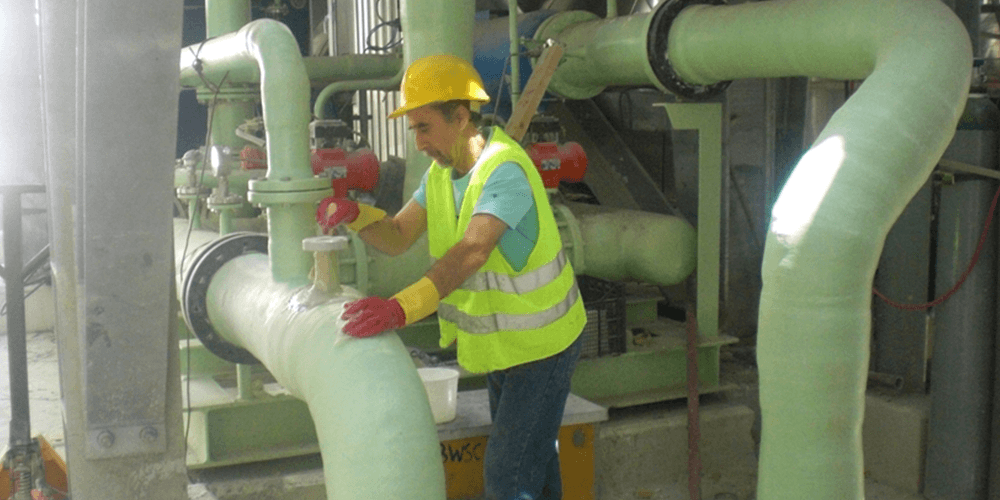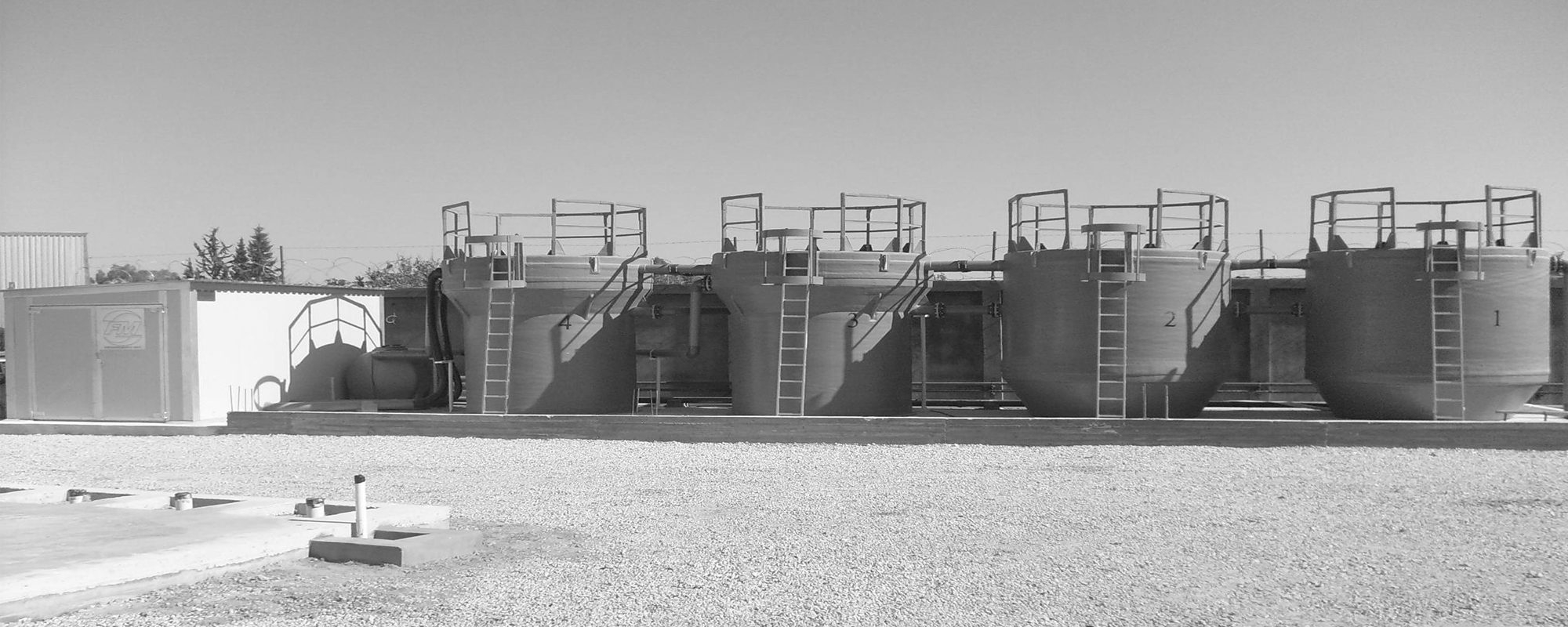Local industrial enterprises often approach the University of Malta for collaboration in their research. Martina Borg meets one of the family enterprises working with researchers to bring its founder’s idea to life.
The old adage goes that necessity is the mother of all invention. Just ask the people contemplating innovative pole design in the deserts of Saudi Arabia if you doubt it. Taking invention to the next level often requires plenty of sweat, sacrifice, and funds. Nephew and uncle Etienne Scerri and Felix Baldacchino inherited their family’s dream, and they are preparing to launch their product locally.
ʻIt all started with an idea I had while travelling on business in Saudi Arabia,ʼ Silvercraft Products Ltd director Felix Baldacchino explains. ʻI was told that simple structures like street poles often struggled with the harsh temperatures of the country, and that giving them a long life was costing the country some money.ʼ
This conversation slowly germinated into an idea, which culminated in a simple sketch that Felix’s father Francis, the 93-year-old founder of the firm, shared with his son. Silvercraft CEO Etienne Scerri, Felix’s nephew, explains that this project is representative of the way the family-owned business is run. ʻSomeone perceives a need from everyday life, and we all have a think and share ideas. In this case, my father came up with a small model of what this project could look like,ʼ Baldacchino adds.

Etienne Scerri, Prof. Ing. Duncan Camilleri, Dr Brian Ellul, and Felix Baldacchino
Invention has been a family tradition for the past 60 years. When Francis Baldacchino founded Silvercraft, the goal was to create innovative fibreglass products. Now the gene is being passed on — Felix’s brother, who is also part of the company, has considerable expertise in the use of metal in structures, while Scerri affectionately calls his uncle ‘the machine whisperer’ for his technical mind.
ʻDevelopment of [our] concept started back in 2007, and we created a two-metre-long prototype using our own funds after about three years of research,ʼ Scerri says. ʻHowever, the company soon faced a funding problem, so we reached out to Prof. [Duncan] Camilleri and pitched our idea,ʼ he adds.
Head of the UM’s Mechanical Engineering Department and project leader Prof. Ing. Duncan Camilleri stresses that the department is keen on helping small companies turn passion projects into realities. Researchers are working with companies on projects ranging from energy storage to aerospace.
These poles would be able to take on heavy loads while remaining flexible, and since they are tapered they will require less material, making them cheaper — music to the market’s ears.
ʻWe like to encourage employees to express ideas and brainstorm about research,ʼ Scerri explains, flanked by former UM graduate Neil Gerada. Thanks to the company’s close ties to the University, Gerada was able to conduct research with them for his degree, resulting in him joining the company after graduation.
Camilleri explains that Silvercraft has historically been supportive of students, with sponsorships for research and projects over the years cementing a collaborative bond between the institutions. This bond is one reason why Camilleri decided to jump on board this project and seek funding for it.
He adds that the 10-year relationship has allowed students to develop, optimise, and test features such as pressure vessels and pipe components used in reverse osmosis plants. ʻWe’ve already secured funds for another project with Silvercraft, looking into fibre-reinforced composite structures [constructions that involve dissimilar materials] for civil application, and then, as now, we were presented with an inventive and well-researched idea,ʼ Camilleri says. ʻIn both these situations, the company started off from a simple idea and a pioneering product, and presented us with initial research into how this can improve the market,ʼ he continues.
ʻSomeone perceives a need from everyday life, and we all have a think and share ideas. In this case, my father came up with a small model of what this project could look like,ʼ Baldacchino adds.
Scerri chimes in to explain that although the use of fibreglass in poles is not news, there is a limit to the length and strength of Glass Fibre Reinforced Composite Poles (GFRCP). ʻWe believe we have found a way to surpass that limit and ensure that the poles are still strong enough to do their job,ʼ Scerri says.
The implications of Silvercraft’s project can be far-reaching. These poles would be able to take on heavy loads while remaining flexible, and since they are tapered they will require less material, making them cheaper — music to the market’s ears. ʻProducts made in this way can range from electricity poles, crane structures, scaffolding, trusses, lattice structures for civil applications, and even wind turbines,ʼ Camilleri explains.

He adds that UM, through funding by the Malta Council for Science and Technology, immediately agreed to fund the creation of another, longer prototype, using this innovative technology. And this is the challenge they are working on now — an eight-metre prototype that will allow the company to roll out the product locally and test the machine used to build these poles for the worldwide market.
The road ahead for this team is still a long one, with further research and patents needed, but the sense of collaboration and support behind it is palpable. Capitalising on the different skills within the family, from technical savvy to management, is a part of the puzzle. The other part is reaching out to where complementary skills are. From a sketch to a prototype, from recruiting a student to approaching a research institution, working collaboratively pays off.
The project ‘Advanced Revolutionary Manufacturing Solutions and Development of Novel GFRP Composite Poles ARM-D-COP’ is financed by the Malta Council for Science & Technology through FUSION: The R&I Technology Development Programme 2018.





Comments are closed for this article!